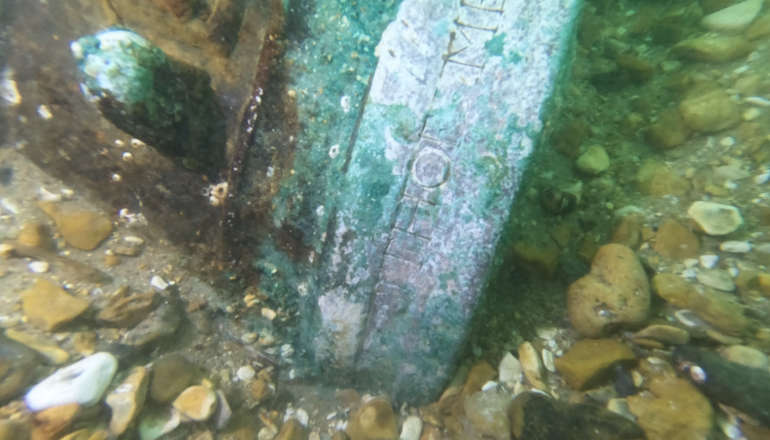
Two shipwrecks off the Isle of Wight have been named among English Heritage's Most Fascinating Sites for 2022.
The 16th and 17th century Shingles Bank Wreck sites off the Isle of Wight have been granted the highest level of protection.
Their remains include cannons and lead ingots and have shed light on trading at the time.
The Shingles Bank in the Needles Channel is a well-known navigational hazard for ships entering the Solent from the west.
It is thought that both — known as NW96 and NW68 — became stranded on the banks before sinking.
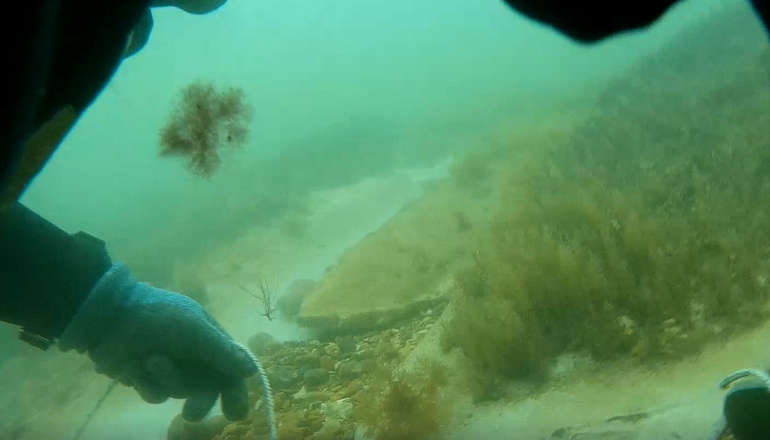
Archaeological remains of these vessels include several cannons, a large anchor, at least 50 very large lead ingots with unidentified markings and stone cannonballs.
The ingots are a fixed size and weight and would have been used as currency for trade – so they could be made into a variety of products including bullets, lead flashing on roofs and pipes.
Initial research suggests the lead ingots from the NW96 were cast from a furnace known as a ‘bole’.
Boles fell out of use from around 1580, suggesting the vessel dates from the 16th or very late 15th century.
This theory is supported by the presence of stone cannon balls, which were replaced with iron shot and were no longer used by the end of the 16th century.

Analysis of the cannons indicates that one of them from the NW68 wreck was cast in Amsterdam between 1621 and 1661, which helps place it as a mid-late 17th century armed vessel, probably of Dutch origin.
This indicates the ship could have been associated with the Battle of Portland in 1653, when the fleet of the Commonwealth of England was attacked by the Dutch Republic during the First Anglo-Dutch War.
The Netherlands was the maritime and economic power in the world during this period so this site could help further our knowledge of 17th century seafaring activity.
The finds are being investigated by archaeologists from the Maritime Archaeology Trust and Wessex Archaeology, along with their finders, Martin Pritchard and Dave Fox.
With the addition of these two wreck sites, there are now 57 Protected Wreck Sites in English waters.

 Man Jailed For Ryde Burglary And Knife Offences
Man Jailed For Ryde Burglary And Knife Offences
 Top Marks For Gurnard Primary Playground Project
Top Marks For Gurnard Primary Playground Project
 Marathon Runners Raising Funds For Isle Of Wight Youth Trust As Part Of Mental Health Awareness Week
Marathon Runners Raising Funds For Isle Of Wight Youth Trust As Part Of Mental Health Awareness Week
 Body Of Man In 40s Discovered Following Brighstone Fire
Body Of Man In 40s Discovered Following Brighstone Fire
 Food And Fuel Support Extended For Island Families In Need
Food And Fuel Support Extended For Island Families In Need
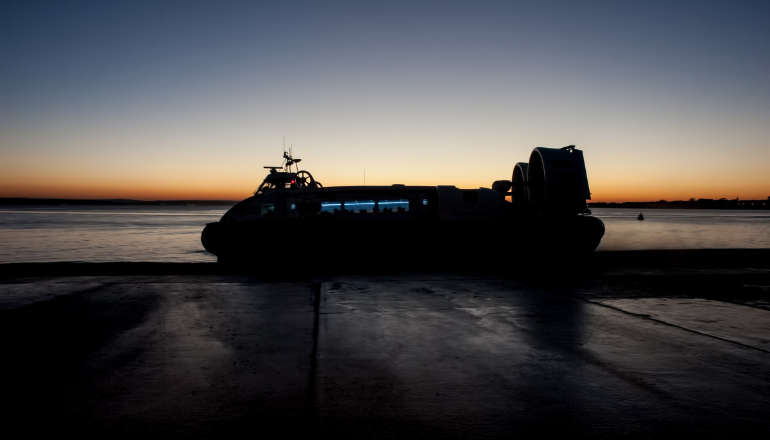 Hovertravel Releases More Than 60 Late Flights For July And August
Hovertravel Releases More Than 60 Late Flights For July And August
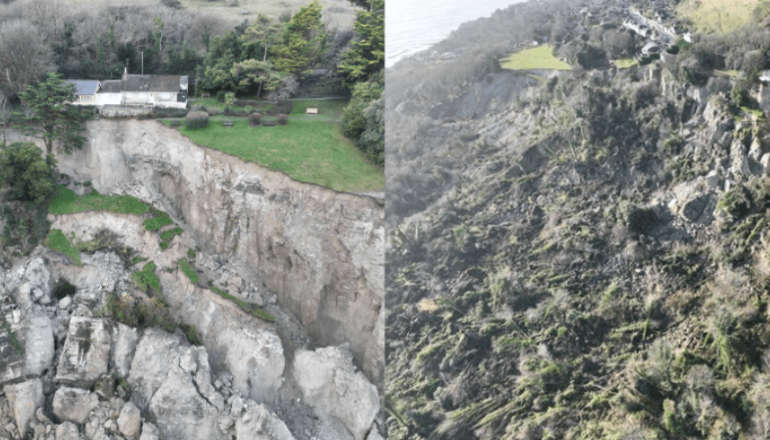 Leeson Road Closure Shortened To Allow Walkers Access Onto Downs
Leeson Road Closure Shortened To Allow Walkers Access Onto Downs
 ICRTouch Donates £2,000 To Support Sophie’s Legacy
ICRTouch Donates £2,000 To Support Sophie’s Legacy
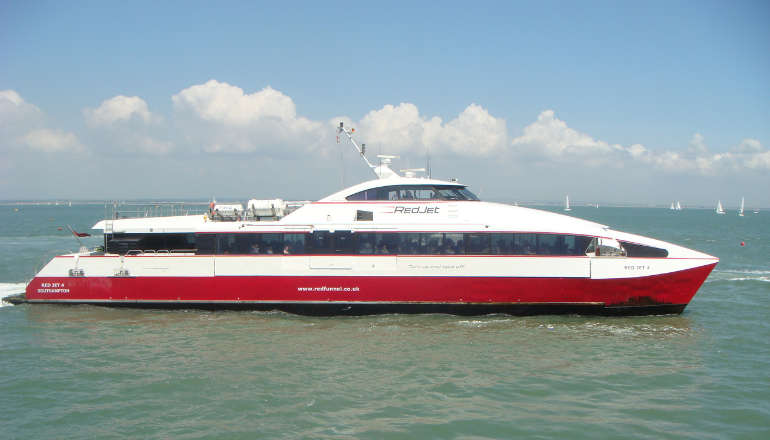 South Korea Voyage For Red Jet 4
South Korea Voyage For Red Jet 4
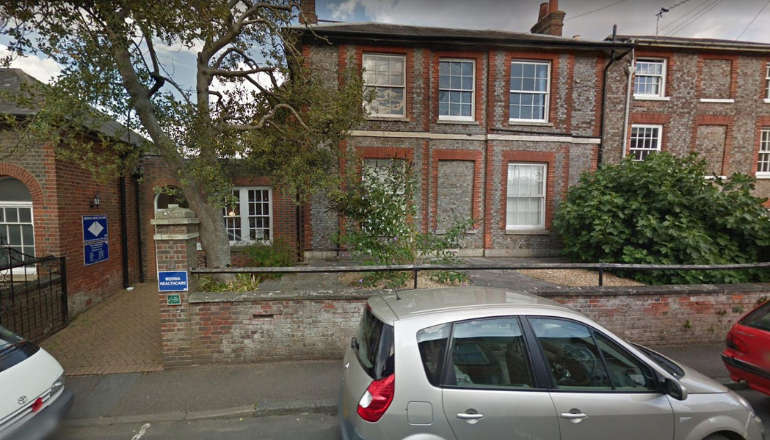 Three Newport Councillors Support GP Practice Return To Town
Three Newport Councillors Support GP Practice Return To Town
 Chair Of Ryde Town Board Appointed As Government Programme Director Visits Ryde
Chair Of Ryde Town Board Appointed As Government Programme Director Visits Ryde
 Reaction To Donna Jones Police And Crime Commissioner Re-Election
Reaction To Donna Jones Police And Crime Commissioner Re-Election
 New Dementia Hub To Open In Cowes Next Week
New Dementia Hub To Open In Cowes Next Week
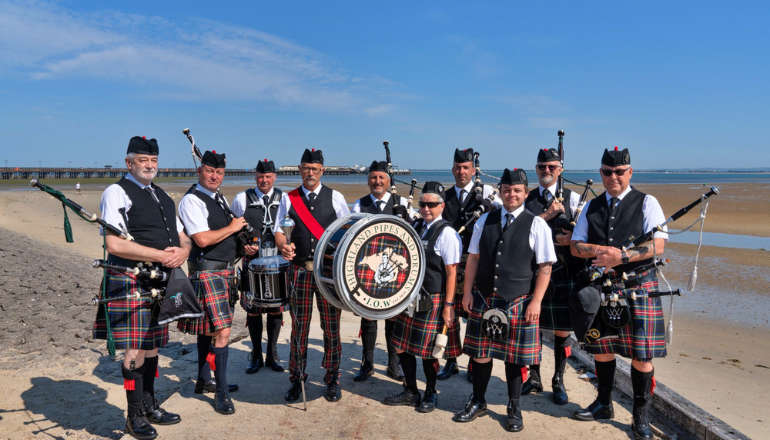 Armed Forces Covenant Members Supporting Armed Forces Day
Armed Forces Covenant Members Supporting Armed Forces Day
 Miriam Margolyes, Aggers And Tuffers And Plastic Mermaids To Headline Wight Proms 2024
Miriam Margolyes, Aggers And Tuffers And Plastic Mermaids To Headline Wight Proms 2024
 Isle Of Wight Shoppers Helping To Tackle Rising Levels Of Hygiene Poverty
Isle Of Wight Shoppers Helping To Tackle Rising Levels Of Hygiene Poverty
 Two Isle Of Wight Businesses Win At Annual Muddy Stiletto Awards
Two Isle Of Wight Businesses Win At Annual Muddy Stiletto Awards
 Sandown Carnival Launches 2024 Season
Sandown Carnival Launches 2024 Season
 Dover Park Primary School Celebrates Continued Success With Glowing Ofsted Report
Dover Park Primary School Celebrates Continued Success With Glowing Ofsted Report


